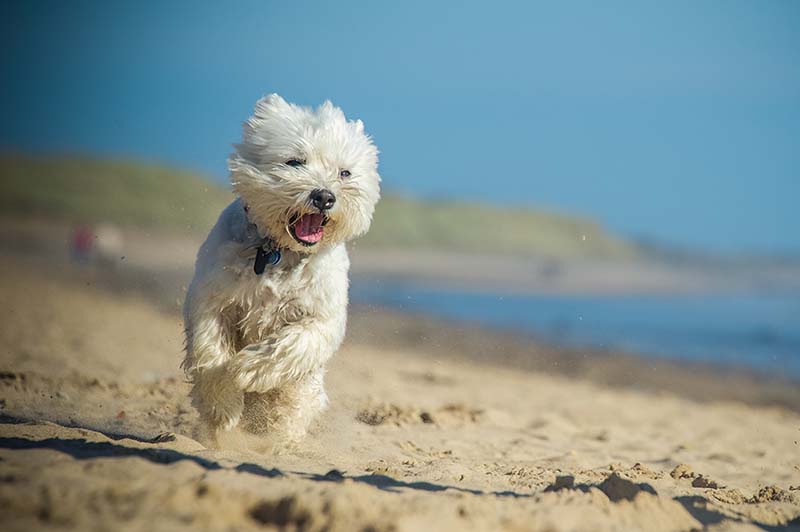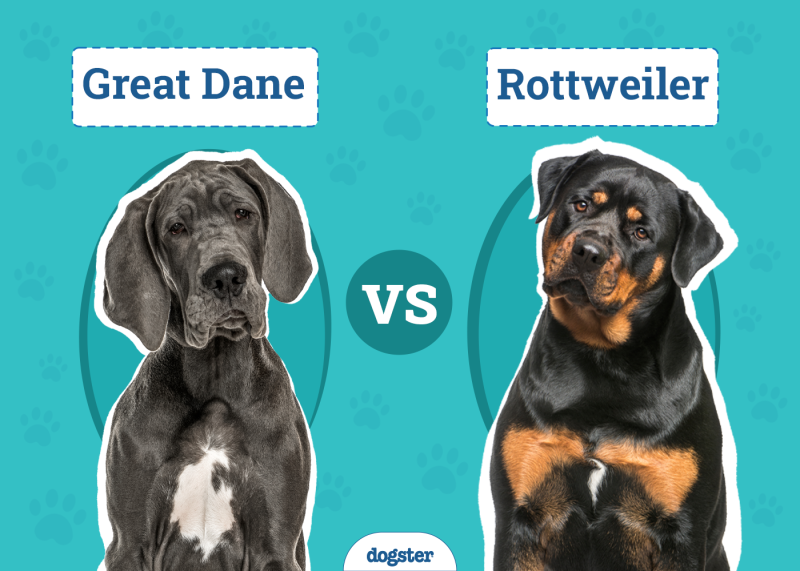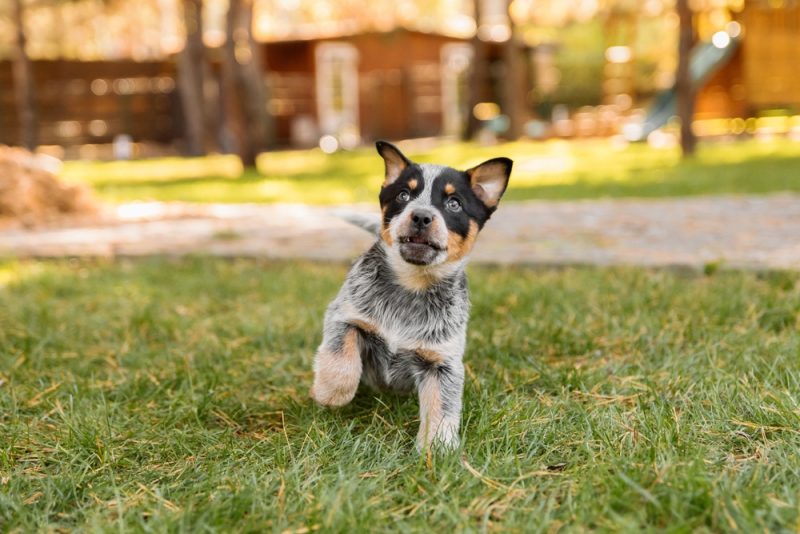West Highland Terriers are a rarer breed of dog in the United States. However, these white, fluffy terriers have stolen the heart of many. They’re energetic, lively, fun dogs to own, making them great for those looking for an interesting companion dog.
Keep reading for some interesting facts that you might not know about this adorable breed.

The 10 Vet-Verified Westie Facts
1. They’re One of Four Scottish Terriers
West Highland White Terriers are originally from Scotland, hence the “Highland” portion of their name. They are one of four types of Scottish terriers, along with the Cairn Terrier, Scottish Terrier, and Skye Terrier. Surprisingly, none of these terriers look remarkably similar to each other, but they are technically related.
All of these breeds were originally created to hunt rodents and other small animals. This job was important to keep mice and rats out of barns and fields. They basically performed the same job that cats did.
However, because they didn’t traditionally hunt these rats like a hound may, they were bred largely to function independently. Farmers wanted to be able to put them in a barn and kiss all their rat problems goodbye without having to spend tons of time supervising them.

2. Their White Coat Occurred Through Very Selective Breeding
As you might notice, none of the other Scottish terriers have a white coat. To get this white coat on the Westie, very selective breeding was required. Specifically, very selective breeding with the Cairn Terrier, which can come in white.
Their white coats make them very distinctive and adorable. It’s one of the most recognizable traits they have. However, it also makes them easy to spot in the field and makes it less likely their owner would mistake them for a wild animal.
3. They’re Extremely Playful Dogs
Westies are very playful. They’re lively, energetic dogs that tend to be 100% on all the time. To thrive, they need a minimum of an hour of exercise a day. During walks, they’ll spend much of their time exploring and finding things to chase.
Sadly, many owners don’t quite understand how lively these dogs are. While they are affectionate, they don’t tend to cuddle simply because they don’t sit down long enough. After all, they were bred to chase rats and other small animals all day. Many people describe them as having the energy level of a toddler.

4. They’re Intelligent and Stubborn
When you describe a dog as intelligent, many people automatically think that makes them easy to train. However, this isn’t the case with the Westie. They’re actually moderately difficult to train, as they weren’t originally bred to listen to people. They were bred to hunt rats and other small animals independently, so obedience wasn’t a big concern for early breeders.
Today, they still tend to be rather independent, which can also make them stubborn. They’ll probably never win an obedience award, but they are still smart enough to learn some basic commands. You’ll just need to have plenty of patience and very consistent training.
Daily training sessions can also help keep them entertained, which is necessary when you have an intelligent canine.
5. They Aren’t Always Good With Other Pets
Westies can be good with other dogs if they have been well-socialized. However, they have an innate prey drive that cannot be trained out. In other words, they will chase just about everything. This makes them almost impossible to have around small pets, like rabbits and birds. After all, they were bred to chase these animals.
With proper socialization, they can get along with other dogs and even cats. However, some owners have reported that their dogs are somewhat territorial, which can be an issue. Early socialization is absolutely necessary, as these dogs need positive experiences with others to accept them.
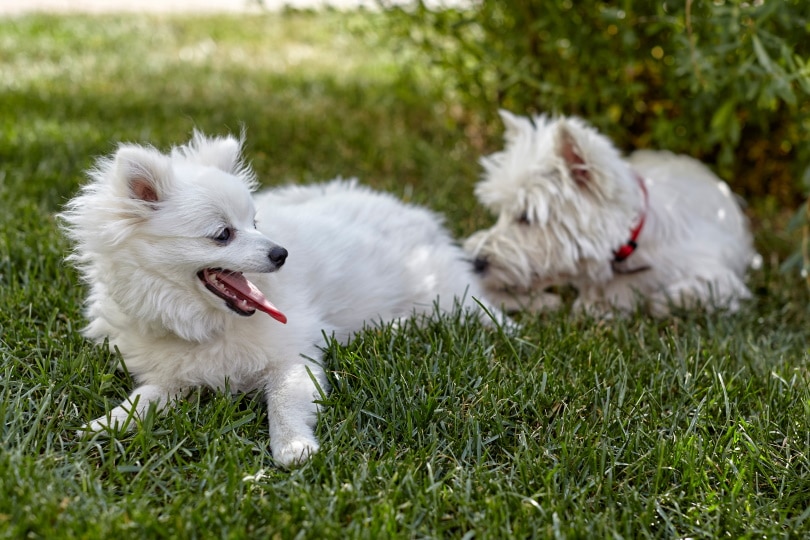
6. Westies Are Very Sturdy
These dogs may be small, but they are robust and sturdy. Early breeders needed these canines to be healthy. Otherwise, they wouldn’t be able to do their job.
Therefore, these canines are adaptable to a range of conditions. They can get along just as well on a farm as they can in an apartment. Of course, like all dogs, they are prone to some health conditions so you must stick to your routine vet health checks to catch any issue as early as possible.
7. They Aren’t That Low-Maintenance
Because they’re independent, they are commonly believed to be low-maintenance. This fact is true to some extent. However, when it comes to breeding, they require a significant amount of care. On top of the usual dog grooming (like nail trimmings and teeth brushing), they’ll also need a professional to regularly strip their coat.
Stripping involves removing the top portion of dead fur, allowing a fresh, new coat to grow in. It’s also what gives them their wiry appearance. While you can accomplish this at home, stripping is a process that most dog owners aren’t familiar with, so they often feel most comfortable getting a professional groomer to do it every couple of months.
You’ll also need to brush them at least weekly at home to prevent matting.
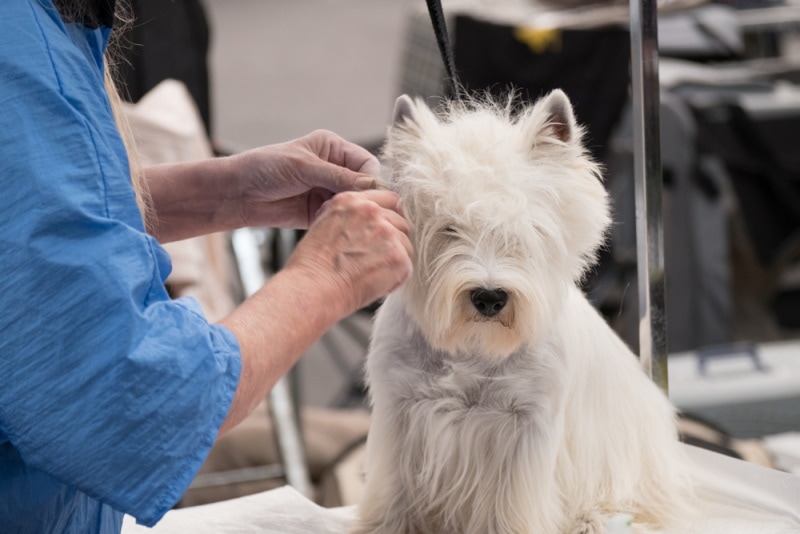
8. They Weren’t a Recognized Breed by the AKC Until 1908
The Westie is a newer breed. They were developed from the Cairn Terrier in the mid-19th century by Colonel Edward Donald Malcolm of Poltalloch, who wanted a white dog that could be easily seen in the fields. He continuously bred white Cairn Terriers together until we got the Westie, which only comes with a white coat.
He named the breed after his estate, the Poltalloch Terrier, but later changed it to West Highland White Terrier. Unlike most breeds, we know a lot about how the Westie was created because Malcolm kept records. Furthermore, the breed was recognized rather quickly by kennel clubs, so we have very old stud books and breed standards. The breed was officially registered by the Kennel Club in 1907 and by the American Kennel Club in 1908.
9. They Have Long Legs
Westies have surprisingly long legs for their small size. It’s believed that their longer legs allowed them to chase prey easier, as it made them faster and more agile. However, it’s equally possible that it was simply a side effect of their creation. The long legs may just have developed alongside the white coat.
They also have a few other unusual physical characteristics. For instance, their muzzle is more “rounded” than other dogs. It doesn’t exactly have the “pointy” style that is common in other terriers.
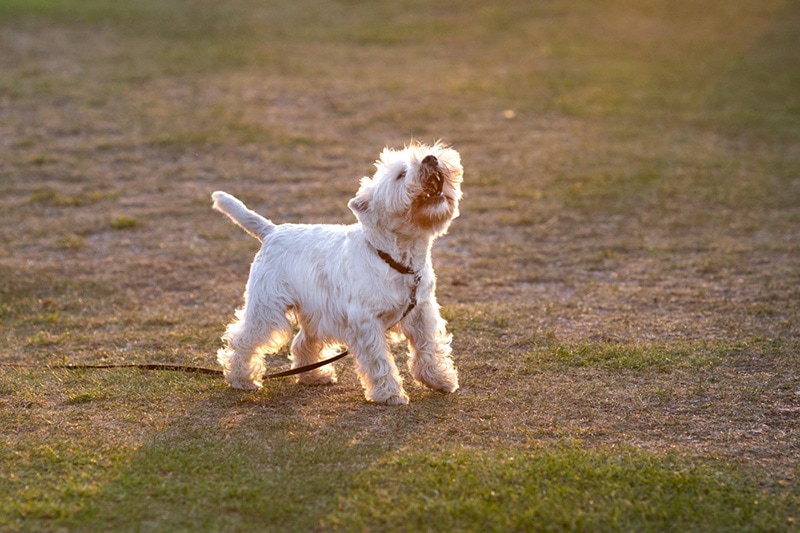
10. They’re Becoming More and More Popular
These canines have started showing up in different media over the past decades, including movies, books, and TV shows. This exposure has slowly made them more and more popular. Plus, their white, fluffy appearance also gives them plenty of attention.
While they are still one of the rarer breeds today, they’re common enough to be found across North America and Europe.

Final Thoughts
The Westie is a unique breed that shares a common ancestry with other Scottish Terriers. However, they stand out thanks to their completely white coat, which is a rare trait among dogs. They’re energetic canines that were originally bred to hunt rats and other small animals. Despite this, they’re mostly kept as companion animals today.
While this breed was purpose-bred, they require a lot of grooming due to their fluffy coats. Most dog owners will need to get them professionally groomed every couple of months, on top of brushing them at home.
See also:
- Can Westies Swim? Facts, Training & Safety Tips
- Can Dogs Eat Lychee? Vet Reviewed Nutrition Facts & FAQ
Featured Image Credit: rebeccaashworth, Shutterstock

